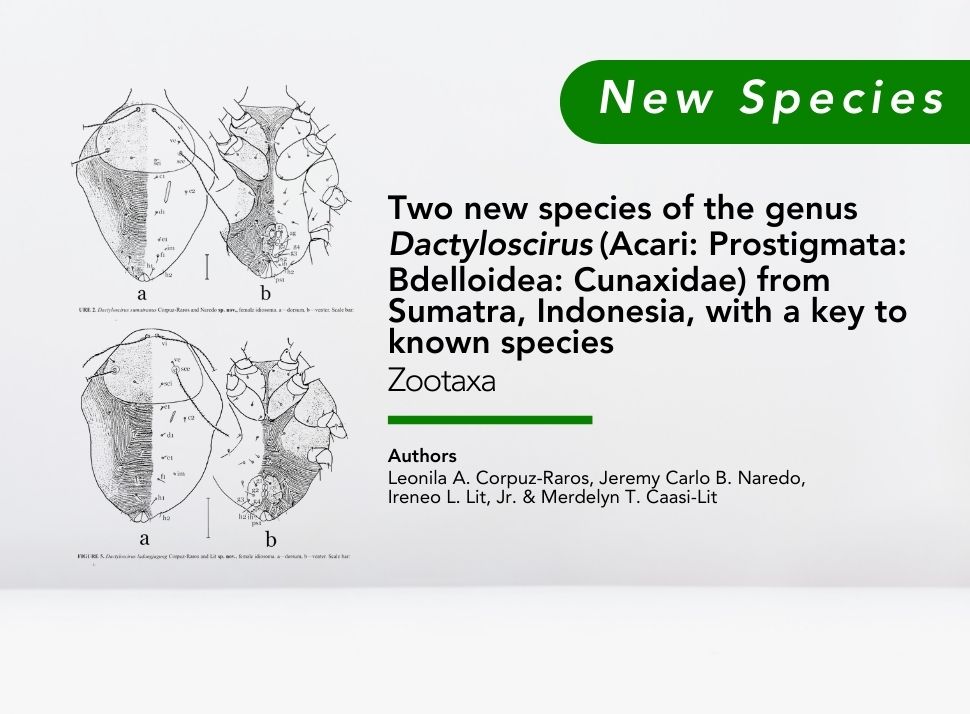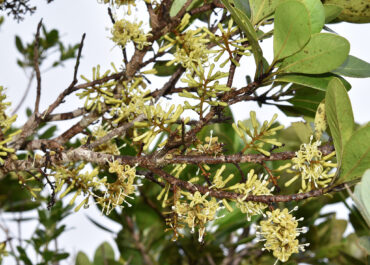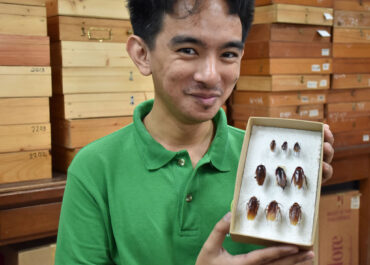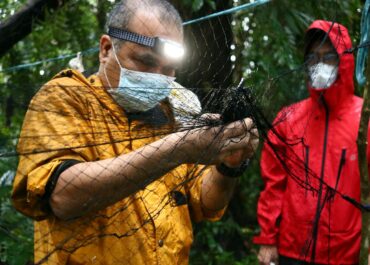
UPLB entomologists published two species of predatory cunaxid mites new to science last 30 November 2022 in the journal Zootaxa (https://doi.org/10.11646/zootaxa.5214.1.3) The new species of mites are Dactyloscirus sumatranus Corpuz-Raros and Naredo sp.n. and Dactyloscirus ladangjagung Corpuz-Raros and Lit sp.n.
The discoveries were the outputs of Professor Emeritus Leonila A. Corpuz-Raros, Jeremy C.B. Naredo, Dr. Ireneo L. Lit, Jr., and Dr. Merdelyn T. Caasi-Lit who were involved in a project implemented by the UPLB Museum of Natural History from 2013-2014.
In an interview, Dr. Ireneo Lit, Jr. shared that their research team was commissioned by P.T. DuPont Indonesia (Pioneer) to monitor populations of key non-target arthropods in fields planted with transgenic corn lines in major corn-growing areas in the Philippines and Indonesia.
“In Indonesia, the field trials of genetically modified organisms (GMO) such as the Bt corn are assessed by Indonesian biosafety regulatory agencies. The same is true here in the Philippines where we have our own biosafety framework,” he said.
“Mites are soil-inhabiting arthropods, and are considered non-targets of Bt corn which has been genetically engineered to produce a protein which can kill moth larvae, in particular, the Asian Corn Borer,” he added. Regulatory agencies need to know whether newly developed Bt corn lines affect non-target organisms before these are given permit for commercial release.
Both Dactyloscirus sumatranus Corpuz-Raros and Naredo sp.n. and Dactyloscirus ladangjagung Corpuz-Raros and Lit sp.n. have been collected from corn fields in Sumatra. “The specific epithet sumatranus follows after the name of the island of Sumatra whereas ladangjagung is coined from the Bahasa Indonesia words “ladang” meaning field and “jagung” meaning corn,” Lit explained.
“We are fortunate that during the project, we were able to observe that even in Bt corn fields, ecologically-important mites are able to thrive. A sound proof is our discovery of the two new species in Indonesia,” Lit shared.
Search
Archives
Categories
- Announcement (21)
- Feature (21)
- News (141)
- Press Release (55)
- Research (4)
- Services (3)



